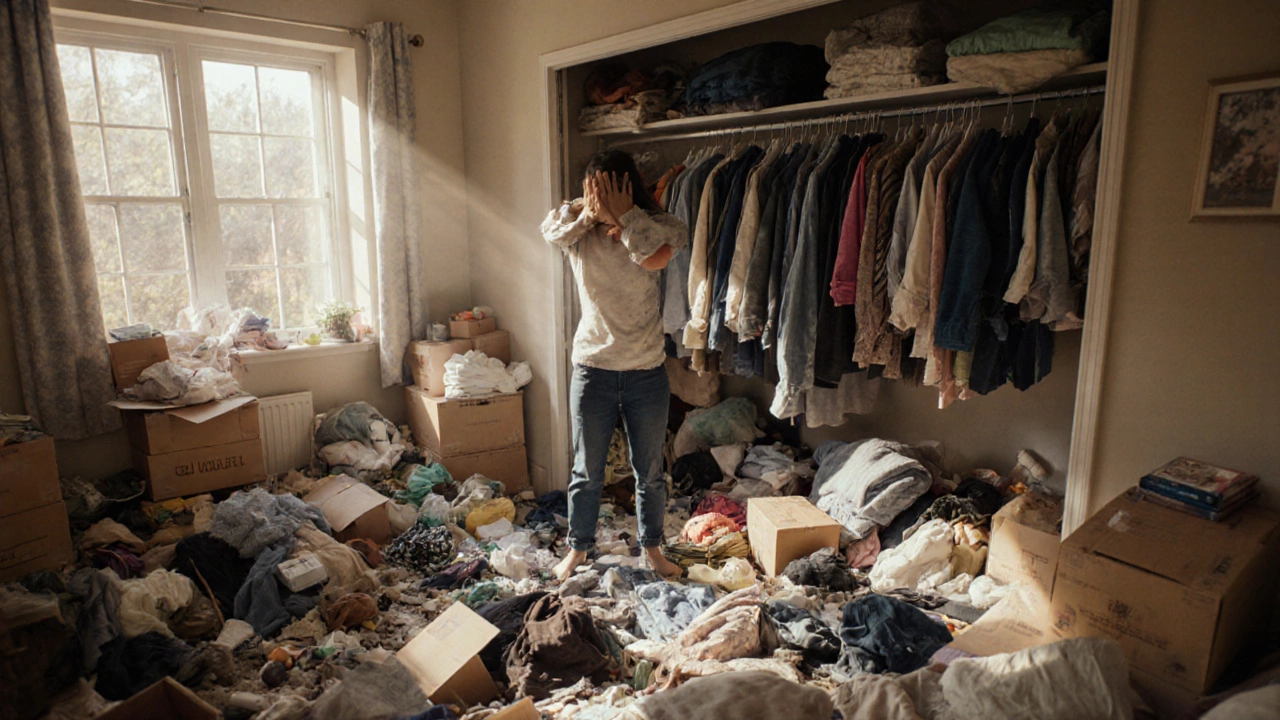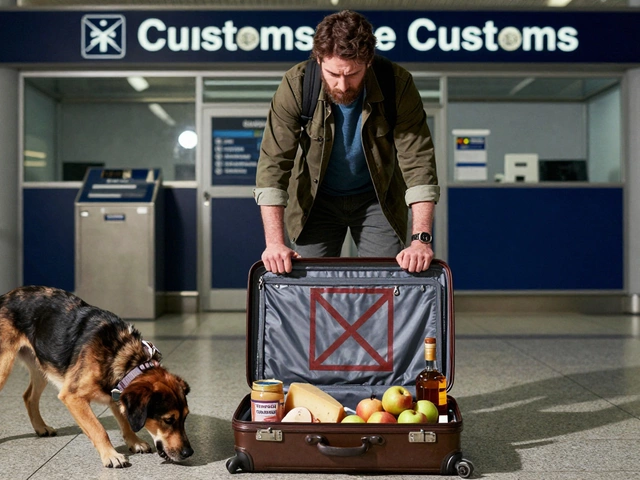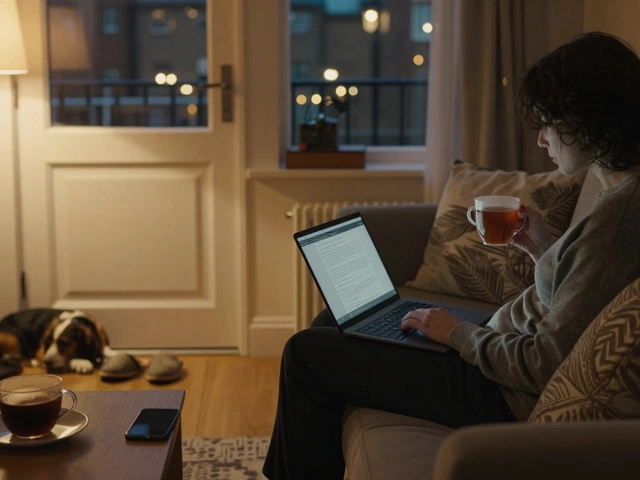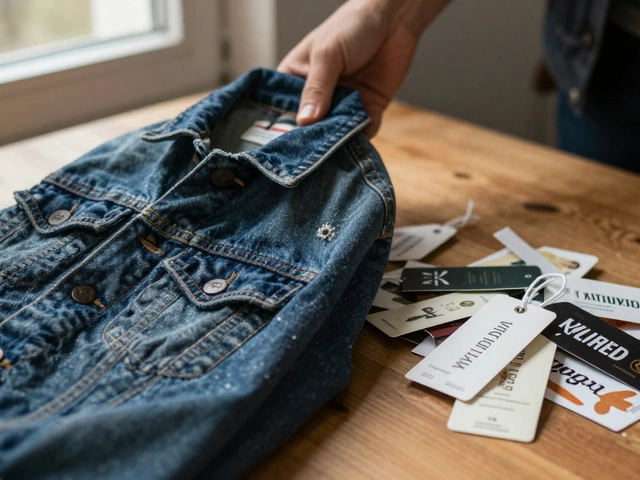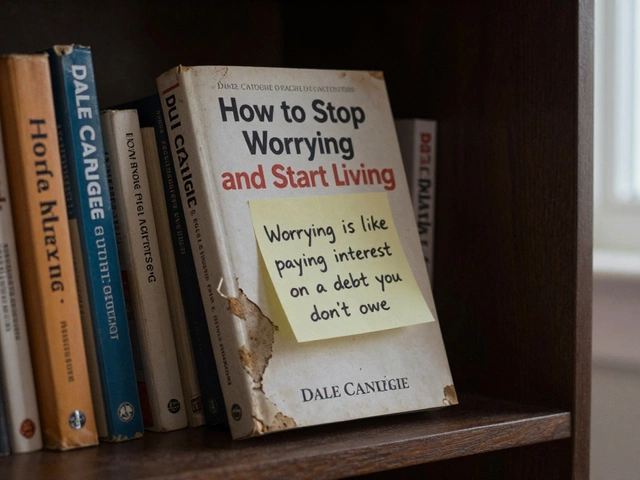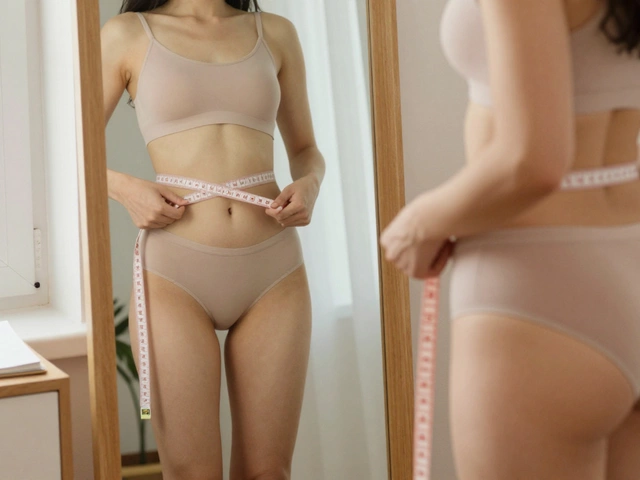Decluttering Priority Calculator
How to Prioritize Your Decluttering
This tool helps you determine which items to declutter first based on the impact they'll have on your space and the effort required to remove them. Use the article's guidance to maximize your efficiency.
Your Decluttering Categories
When you stand in the middle of a chaotic room and wonder where to start, the answer is simpler than you think: begin with the stuff that takes up the most space, costs the least effort to let go, and gives you the biggest instant payoff.
Why the "first‑out" rule works
Removing the biggest, easiest items first creates visible progress. That visual cue fuels motivation and makes the rest of the process feel less overwhelming. It also frees up room for you to see other items more clearly, so you can decide what truly belongs.
Step 1: Toss the obvious junk
Clothing is any garment you own but no longer wear or need. Open every drawer, closet, and laundry basket. If you haven’t worn it in the past year, it’s a strong candidate for removal. The rule of thumb: if it doesn’t fit, smell, or spark joy, it goes.
To make this painless, set a timer for 15 minutes per category. When the alarm rings, move the pile to a “donate” box. You’ll be surprised how much space a single overloaded closet can reclaim.
Step 2: Clear out kitchen clutter
Kitchenware is utensils, gadgets, and dishes that sit in cabinets or on counters. Look for duplicate items (two garlic presses, three spatulas) and single‑use gadgets (avocado slicer, egg separator). If you haven’t used it in six months, it probably belongs in the trash or recycling.
Discard broken plates, chipped mugs, and mismatched sets. Not only does this free up cabinet space, it also reduces visual noise every time you cook.
Step 3: Deal with paperwork
Paperwork is any printed or handwritten document that isn’t legally required to keep. Bills, warranties, and old magazines pile up quickly. Shred anything with personal data, recycle the rest.
Set up a simple system: an “inbox” tray for incoming items, a “to‑file” folder for essential documents, and a “shred/recycle” bin for everything else. Going paper‑light makes it easier to spot the truly important papers when you need them.
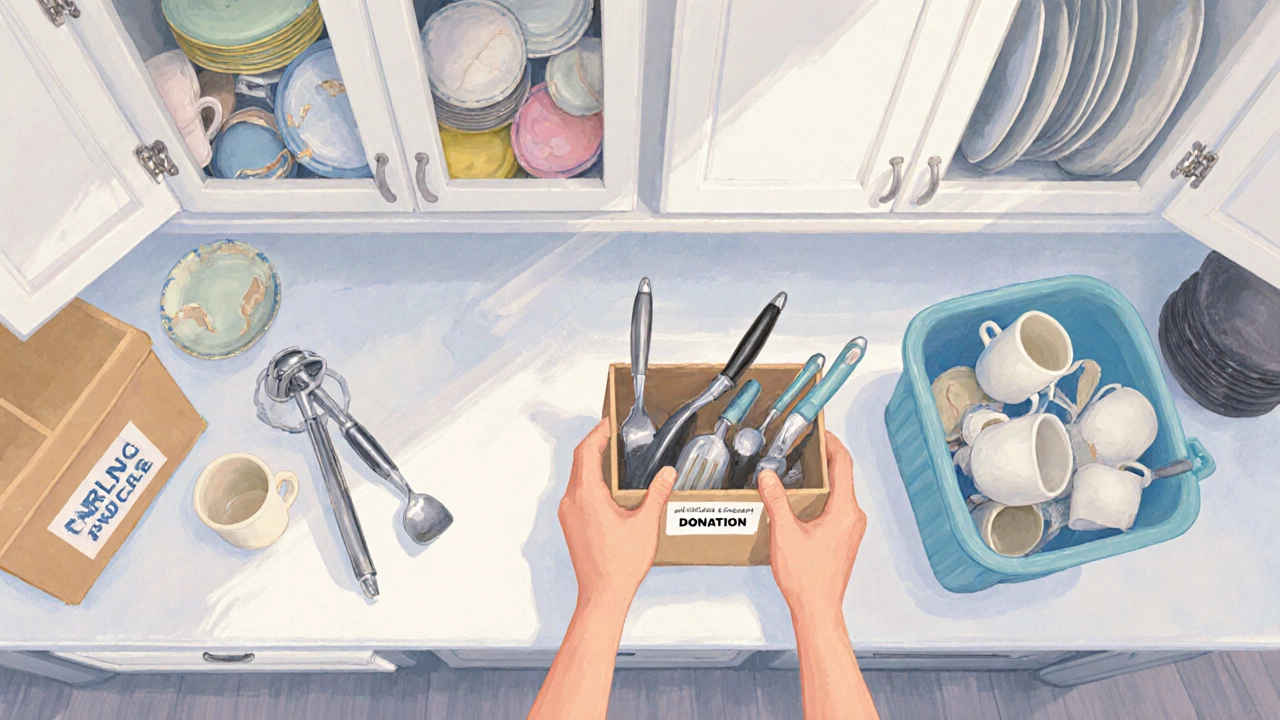
Step 4: Scan the electronics drawer
Electronics is gadgets, cords, and accessories that no longer serve a purpose. Old chargers, dead phones, and outdated chargers are prime candidates. If a device hasn’t been used in a year and you can’t imagine a future need, recycle it.
Many retailers offer free e‑waste collection. Drop off the unwanted items, and you’ll clear a tangled mess of cords while doing something good for the planet.
Step 5: Tackle sentimental items with care
Sentimental items is objects kept for emotional reasons rather than practical use. These are the hardest to part with, but they’re also the ones that can clutter a space the most.
Use the “one‑in, one‑out” rule: for every new keepsake you bring home, let go of an old one. Photograph items you love but don’t need to keep physically. The digital memory provides comfort without the physical weight.
Step 6: Choose where the stuff goes
Now that you have piles ready, decide on three destinations:
- Donate is give away items to charities, shelters, or community groups - great for gently used clothing, dishes, and toys.
- Recycle is process items so they become raw materials for new products - ideal for paper, plastics, and electronics.
- Trash - anything broken beyond repair or contaminated.
Having a clear plan prevents the dreaded “I’ll deal with it later” trap.
Quick comparison of common decluttering categories
| Category | Typical Space Freed (sq ft) | Effort (1‑5) | Best Disposal Method |
|---|---|---|---|
| Clothing | 10‑30 | 2 | Donate |
| Kitchenware | 5‑15 | 3 | Donate / Recycle |
| Paperwork | 2‑8 | 1 | Shred / Recycle |
| Electronics | 3‑10 | 3 | Recycle (e‑waste) |
| Sentimental items | 5‑20 | 4 | Keep, Donate, or Photograph |
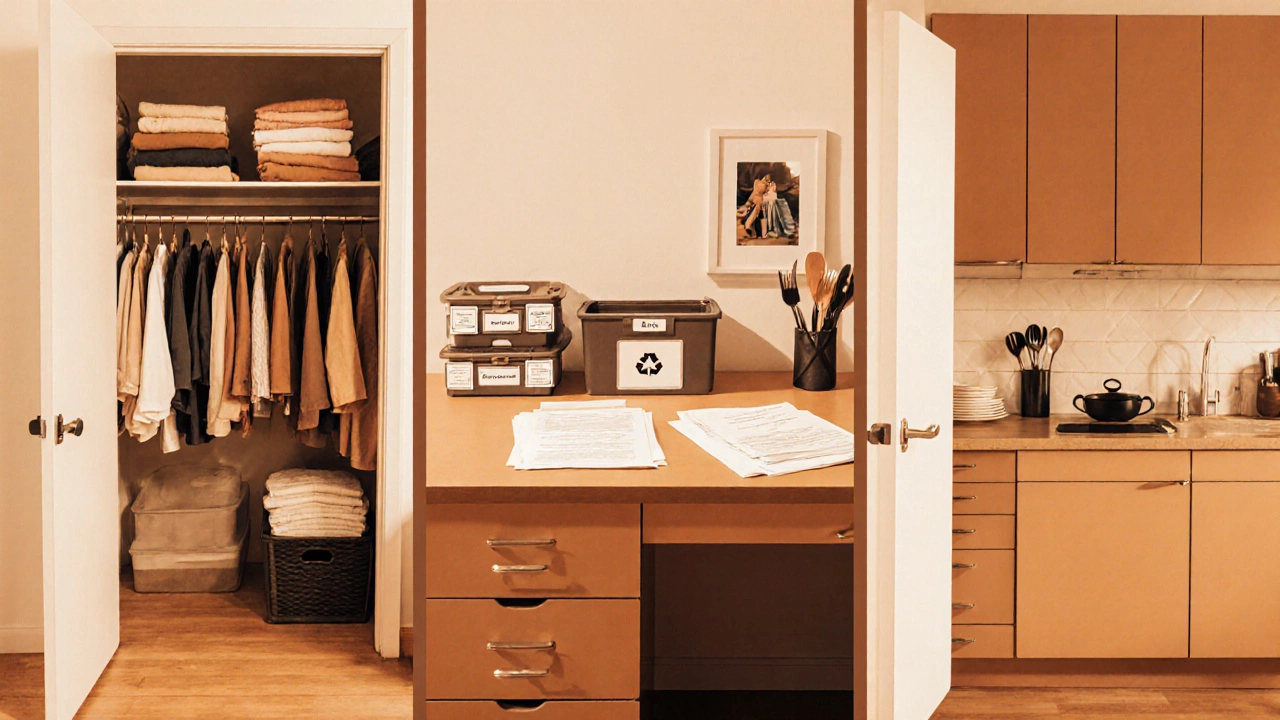
Pro tips to keep the momentum going
- Set a realistic weekly goal - 30 minutes or one room per weekend works for most people.
- Use storage bins with clear labels; they make it obvious where things belong.
- Apply the “one‑touch” rule: handle each item once - decide, move, and don’t return.
- Celebrate small wins. A tidy closet or an empty junk drawer feels like a victory.
Common pitfalls and how to avoid them
Home organization is a journey, not a sprint. Here are typical traps:
- Keeping “just in case” items - they rarely get used. Replace with a mental note that you can always buy if truly needed.
- Over‑buying storage solutions - buying more bins before you’ve removed items just adds clutter.
- Neglecting a disposal plan - without a clear donate/recycle schedule, items linger and the space never stays free.
Putting it all together: a 3‑day starter plan
- Day 1 - Closet purge: Pull every garment out, sort into keep, donate, recycle. Immediately bag the donate pile and drop it at a local charity.
- Day 2 - Kitchen clean‑out: Empty cabinets, lay out all items, discard broken pieces, set aside duplicates for donation.
- Day 3 - Paperwork & electronics: Shred old bills, recycle old phones, and organize essential documents into a filing system.
After three days you’ll see a noticeable difference, and the momentum will carry you through the rest of the house.
Frequently Asked Questions
How do I decide what sentimental items to keep?
Ask yourself whether the item adds value to your daily life or supports a meaningful story you’ll share. If you can capture the memory with a photo, it’s usually safe to let the physical object go.
What’s the best way to recycle old electronics?
Many supermarkets, electronics retailers, and local councils run e‑waste collection days. Check your city’s website for drop‑off locations or schedule a curbside pickup.
Is it okay to keep a few “just in case” items?
A tiny emergency kit (first‑aid, flashlight, batteries) is practical, but try to limit it to essentials. Anything beyond that usually ends up unused.
How often should I repeat a decluttering session?
A quick 15‑minute scan each month helps catch new buildup before it becomes overwhelming. Larger, focused sessions every 3‑6 months keep the home truly tidy.
Can I declutter if I’m a renter?
Absolutely. In fact, decluttering can help you get your security deposit back. Focus on move‑in‑ready items and avoid permanent alterations to walls or fixtures.
Start with the biggest, simplest things, and watch your space transform. The sooner you see a clear floor or an empty drawer, the faster the motivation builds. Happy decluttering!

